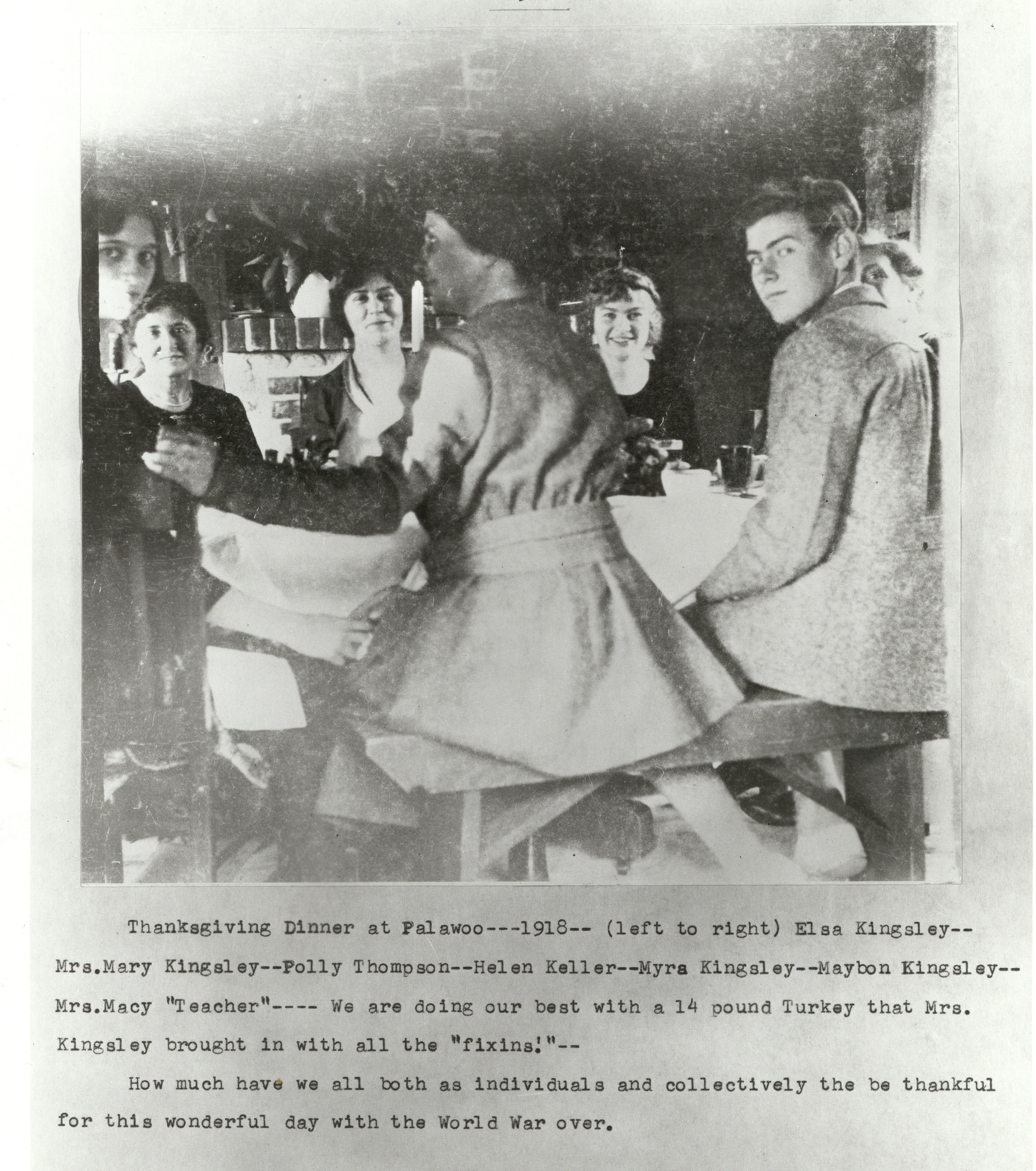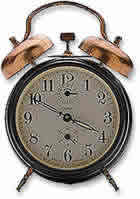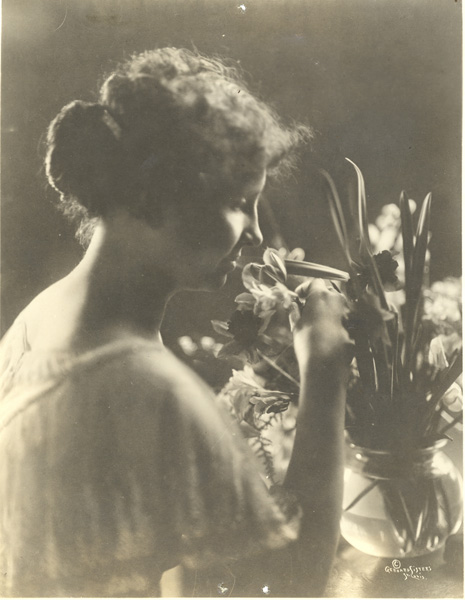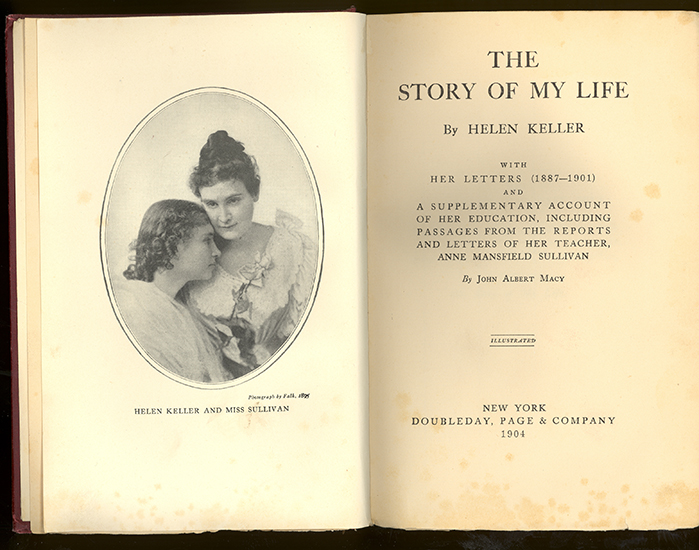Helen Keller worked for the American Foundation for the Blind for more than 40 years. She was born in Tuscumbia, Alabama, on June 27, 1880, and became deaf and blind at 19 months. Few could have imagined the leading role she would go on to play in many of the significant political, social, and cultural movements of the 20th century. Until her passing in 1968, she worked unceasingly to improve the lives of people with disabilities. As caretakers of Helen Keller's archival collection and legacy, we are honored to share her history with you. Learn more about Helen Keller by exploring her letters, speeches, artifacts, and photographs in the Helen Keller Archive.

On March 3, 1887—130 years ago to the day—Annie Sullivan arrived in Tuscumbia, Alabama. The minute Annie met six-year-old Helen Keller, she began to sign into her hand, laying the foundation for Helen’s education.


Helen Keller reading braille at her home in Westport, Connecticut. October 1965.
I am delighted that the fifth in our series of posts focusing on the Helen Keller Digitization Project is from Mara Mills New York University Associate Professor of Media, Culture and Communication. Mara’s post - on the continued importance of human transcribers - is fascinating and I encourage everyone to read it. Many thanks, Mara!
Image: Helen Keller smelling flowers, circa 1919.
This is the fourth in our series of posts celebrating Helen Keller and the wonderful new avenues that are opening up for research about her life and legacy as a result of the Helen Keller Digitization Project. This week’s post is from Christopher Carlson, author, screenwriter and playwright. Enjoy!
Image: Left to right, Helen Keller standing with Polly Thomson at the door to their home in Easton, Connecticut, circa 1955.
We are delighted that our next post in this series of posts devoted to the Helen Keller Digitization project is contributed by Susan Pearce, a volunteer transcriber, and a very valued member of our "Captains of Transcription" team.
From Susan Pearce, transcriber:






